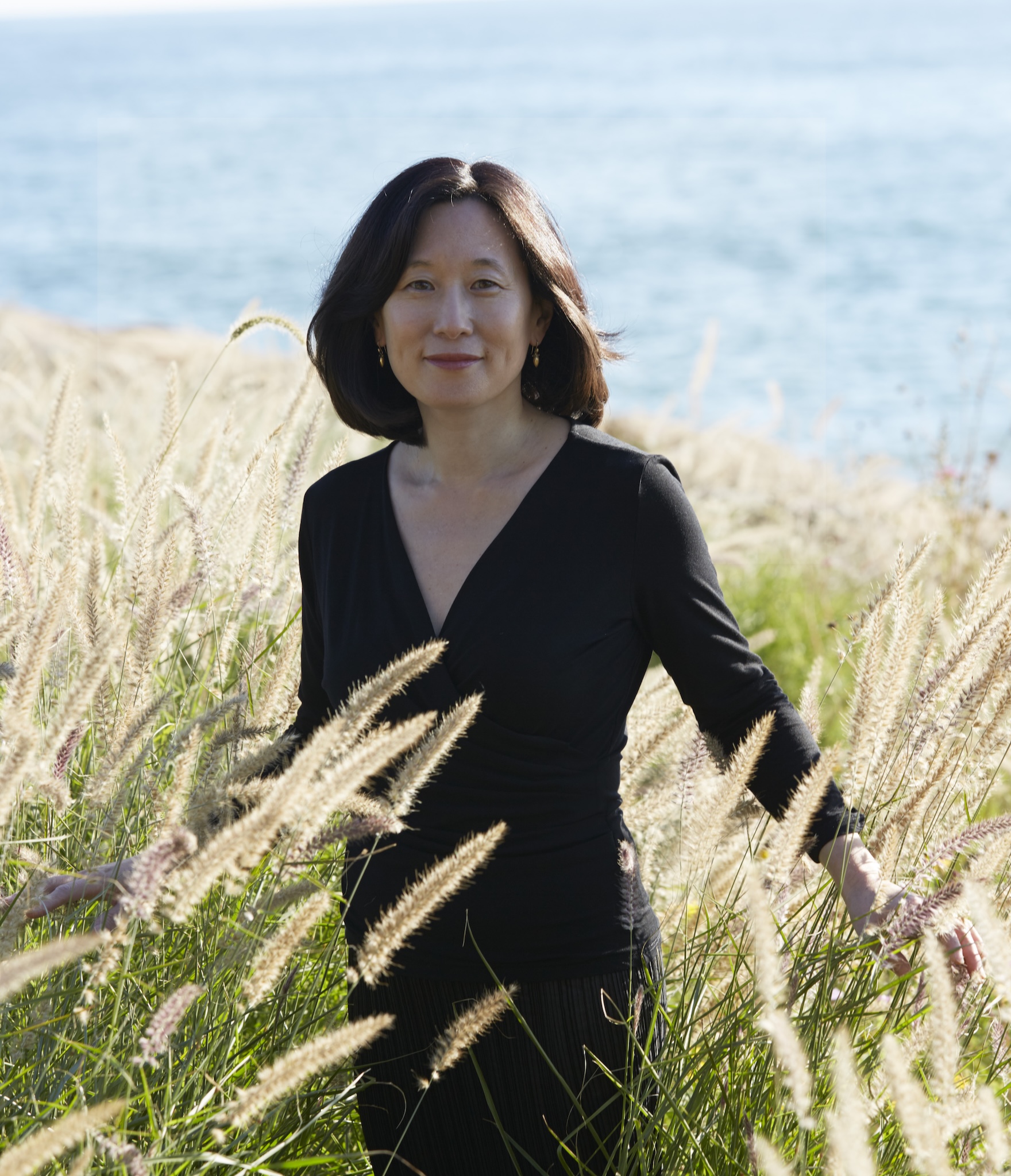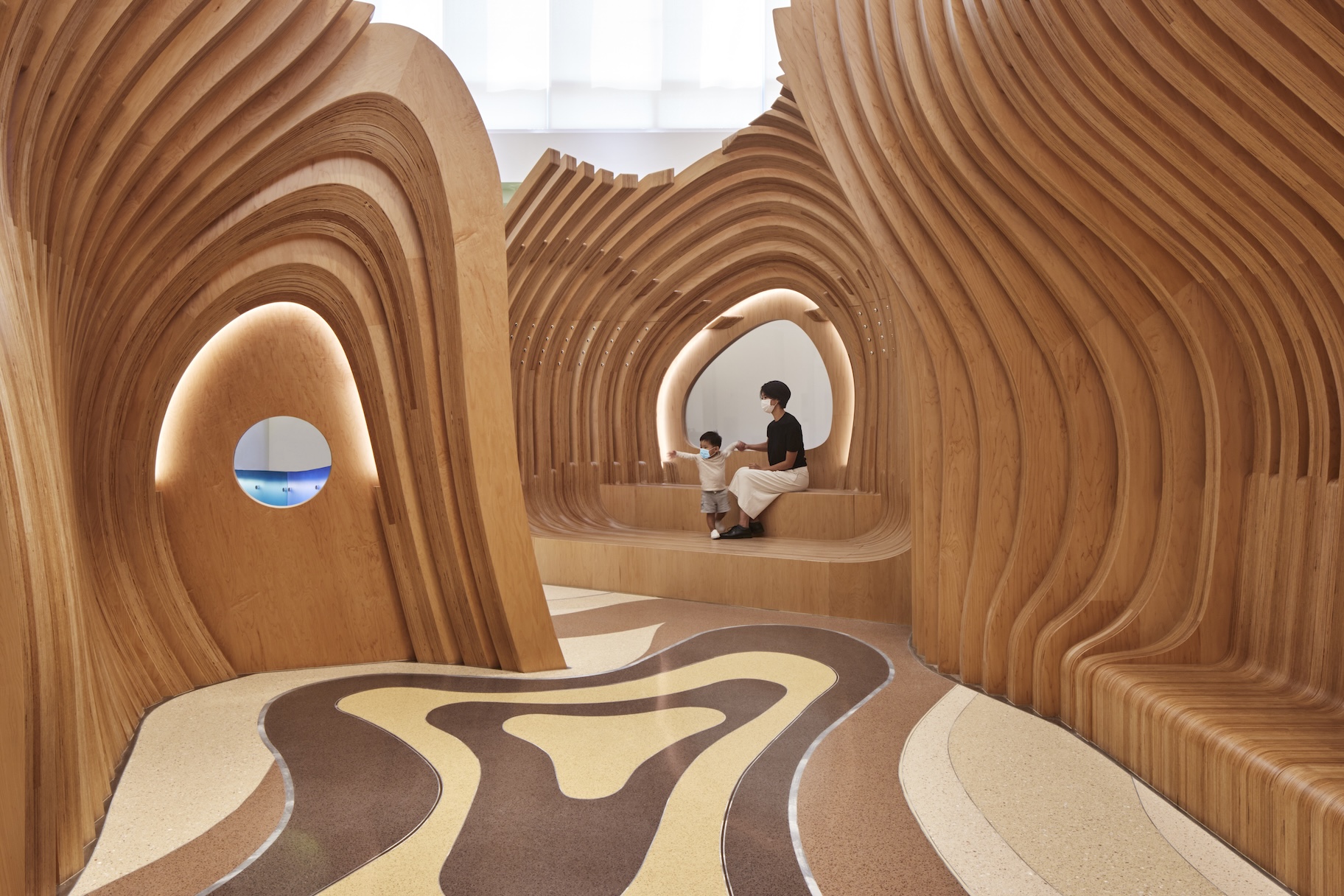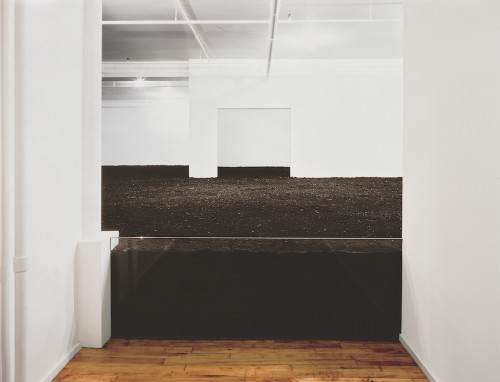DATE↓
STORY TYPE↓
AUTHOR↓
12
PEOPLE
10.21.2024
20241021
Sounding Out a Better Way to Build
by Jesse Dorris
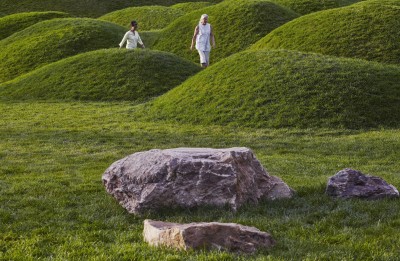
12
THE BUILT ENVIRONMENT
10.07.2024
20241007
What It Means—and What It’s Worth—to Be “Light”
by Julie Lasky
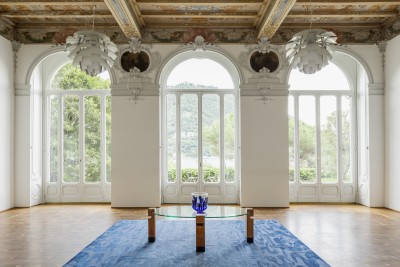
12
PERSPECTIVE
09.23.2024
20240923
Redefining “Iconic” Architecture and Ideals
by Sophie Lovell
12
PERSPECTIVE
09.09.2024
20240909
Surrendering to What Is
by Marianne Krogh
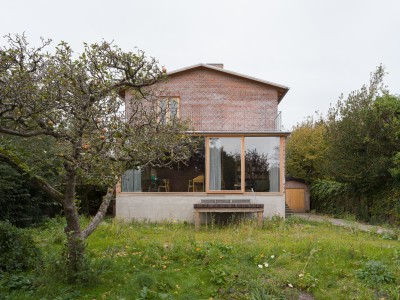
11
THE BUILT ENVIRONMENT
08.26.2024
20240826
Sometimes, Democratic Design Doesn’t “Look” Like Anything
by Zach Mortice
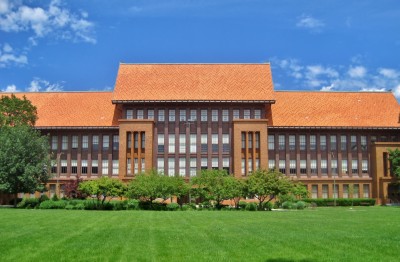
11
THE BUILT ENVIRONMENT
08.19.2024
20240819
What Does Your Home Say About You?
by Shane Reiner-Roth
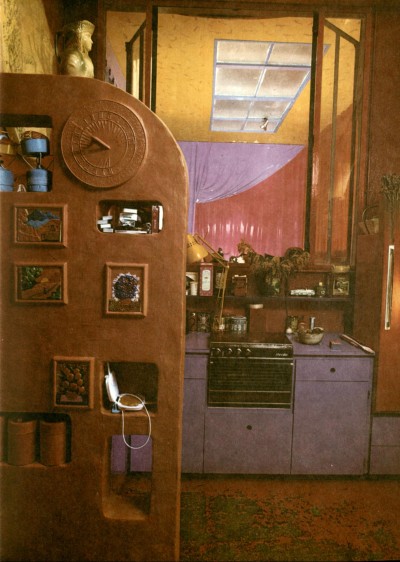
11
BOOK REVIEW
08.12.2024
20240812
Is Building Better Cities a Dream Within Reach?
by Michael Webb
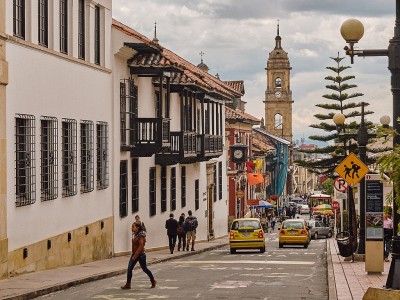
11
PEOPLE
08.05.2024
20240805
The Value of Unbuilt Buildings
by George Kafka
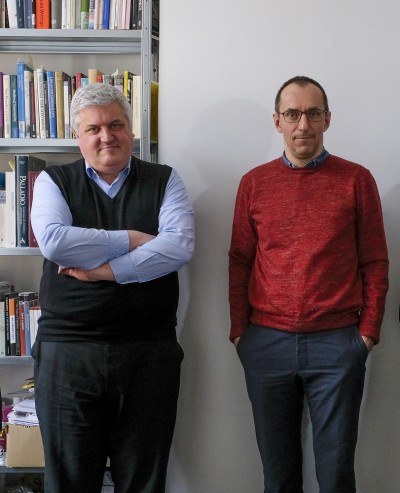
11
THE BUILT ENVIRONMENT
07.29.2024
20240729
Future-Proofing a Home Where Water Is a Focus and a Thread
by Alexandra Lange
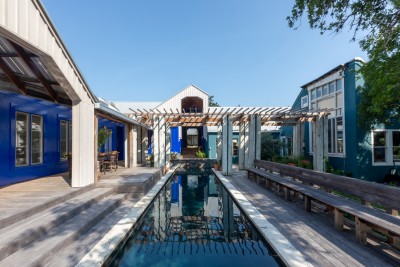
11
BOOK REVIEW
07.22.2024
20240722
Modernist Town, U.S.A.
by Ian Volner
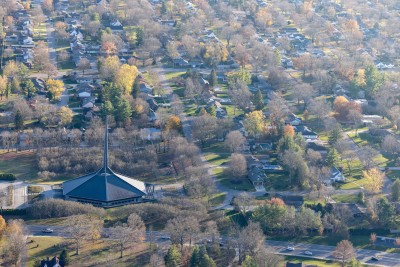
11
PEOPLE
07.15.2024
20240715
Buildings That Grow from a Place
by Anthony Paletta
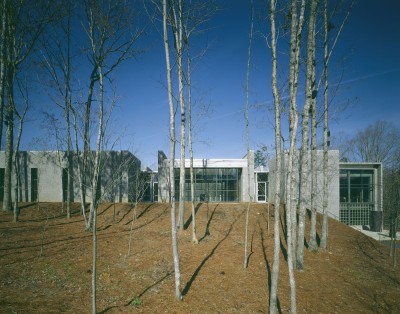
10
URBANISM
06.24.2024
20240624
What We Lose When a Historic Building Is Demolished
by Owen Hatherley
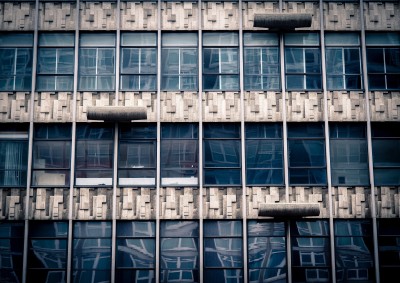
10
PERSPECTIVE
06.17.2024
20240617
We Need More Than Fewer, Better Things
by Deb Chachra
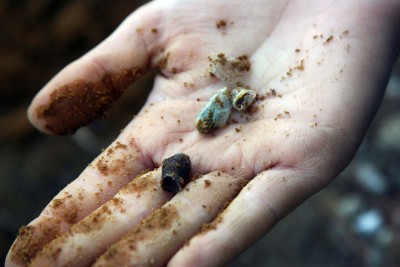
10
THE BUILT ENVIRONMENT
06.03.2024
20240603
An Ode to Garages
by Charlie Weak
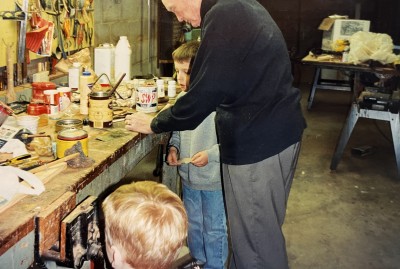
10
PERSPECTIVE
05.28.2024
20240528
In Search of Domestic Kintsugi
by Edwin Heathcote
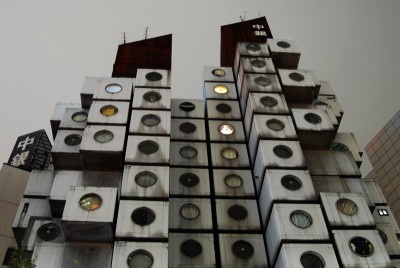
10
THE BUILT ENVIRONMENT
05.13.2024
20240513
The Perils of the Landscapes We Make
by Karrie Jacobs

10
PERSPECTIVE
05.06.2024
20240506
Using Simple Tools as a Radical Act of Independence
by Jarrett Fuller
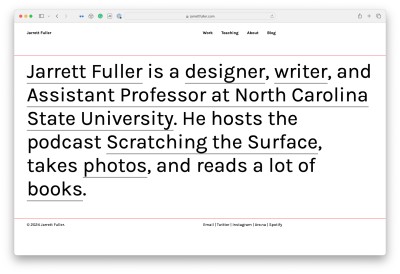
9
PERSPECTIVE
04.29.2024
20240429
Why Can’t I Just Go Home?
by Eva Hagberg
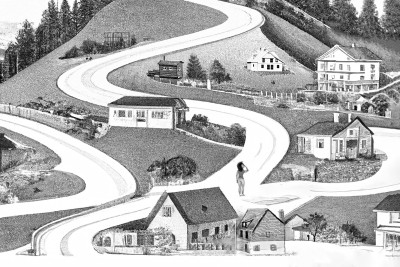
9
PEOPLE
04.22.2024
20240422
Why Did Our Homes Stop Evolving?
by George Kafka
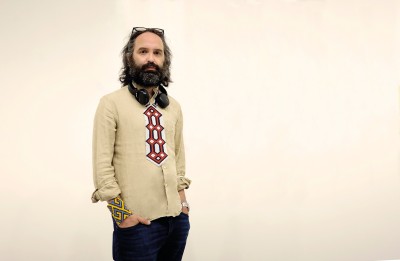
9
ROUNDTABLE
04.08.2024
20240408
Spaces Where the Body Is a Vital Force
by Tiffany Jow
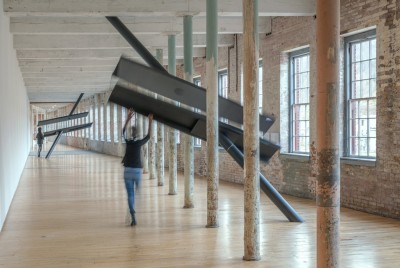
9
BOOK REVIEW
04.01.2024
20240401
Tracing the Agency of Women as Users and Experts of Architecture
by Mimi Zeiger
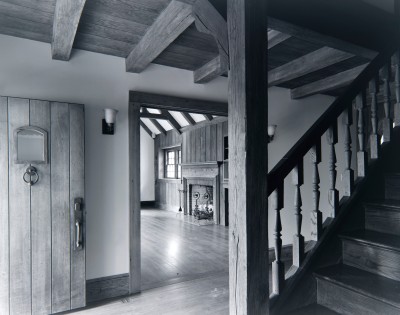
9
PERSPECTIVE
03.25.2024
20240325
Are You Sitting in a Non-Place?
by Mzwakhe Ndlovu
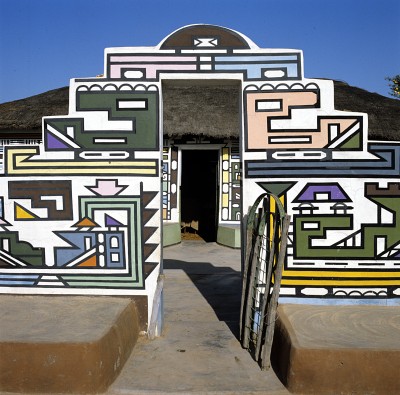
9
ROUNDTABLE
03.11.2024
20240311
At Home, Connecting in Place
by Marianela D’Aprile
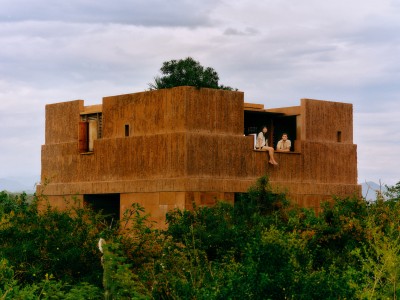
9
PEOPLE
03.04.2024
20240304
VALIE EXPORT’s Tactical Urbanism
by Alissa Walker
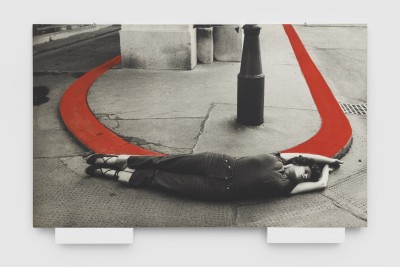
8
PERSPECTIVE
02.26.2024
20240226
What the “Whole Earth Catalog” Taught Me About Building Utopias
by Anjulie Rao
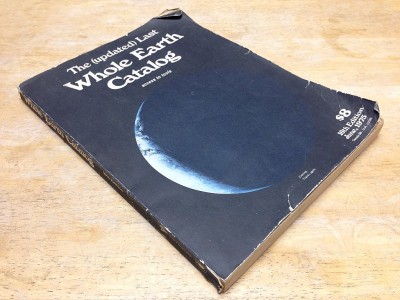
8
THE BUILT ENVIRONMENT
02.19.2024
20240219
How a Run-Down District in London Became a Model for Neighborhood Revitalization
by Ellen Peirson
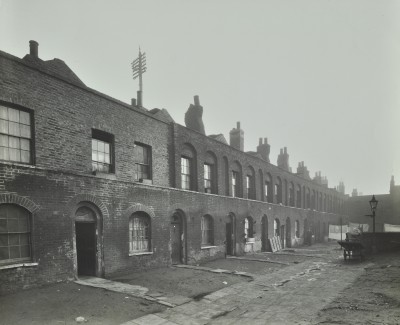
8
THE BUILT ENVIRONMENT
02.12.2024
20240212
In Brooklyn, Housing That Defies the Status Quo
by Gideon Fink Shapiro
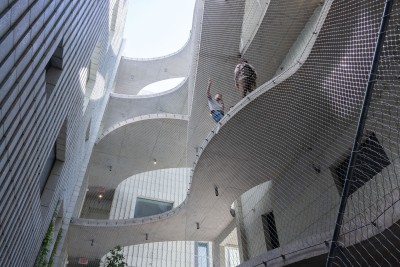
8
PERSPECTIVE
02.05.2024
20240205
That “Net-Zero” Home Is Probably Living a Lie
by Fred A. Bernstein
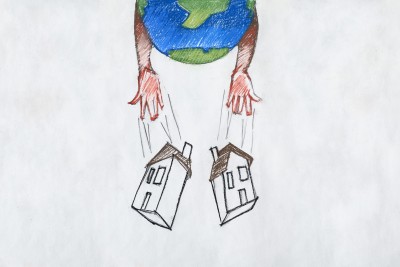
8
PERSPECTIVE
01.22.2024
20240122
The Virtue of Corporate Architecture Firms
by Kate Wagner
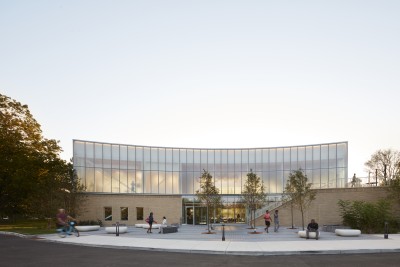
8
PERSPECTIVE
01.16.2024
20240116
How Infrastructure Shapes Us
by Deb Chachra
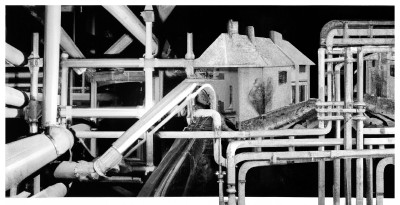
8
THE BUILT ENVIRONMENT
01.08.2024
20240108
The Defiance of Desire Lines
by Jim Stephenson
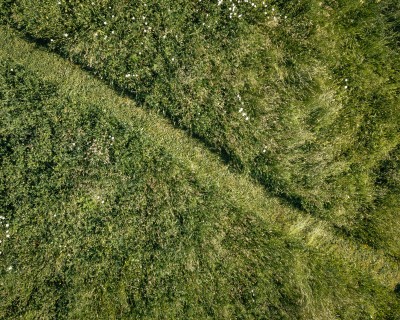
7
PEOPLE
12.18.2023
20231218
This House Is Related to You and to Your Nonhuman Relatives
by Sebastián López Cardozo
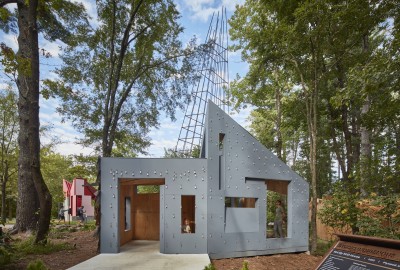
7
THE BUILT ENVIRONMENT
12.11.2023
20231211
What’s the Point of the Plus Pool?
by Ian Volner
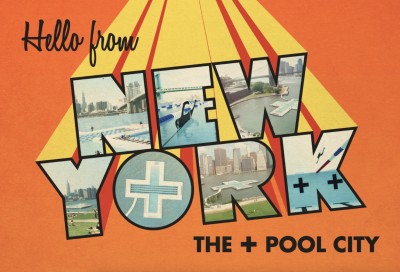
7
BOOK REVIEW
12.04.2023
20231204
The Extraordinary Link Between Aerobics and Architecture
by Jarrett Fuller
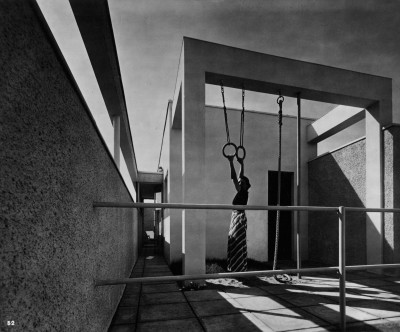
7
THE BUILT ENVIRONMENT
11.27.2023
20231127
Architecture That Promotes Healing and Fortifies Us for Action
by Kathryn O’Rourke
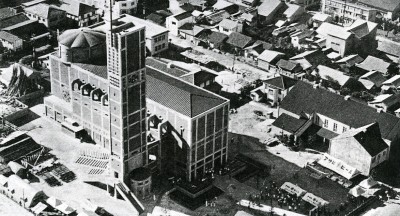
7
PEOPLE
11.06.2023
20231106
How to Design for Experience
by Diana Budds
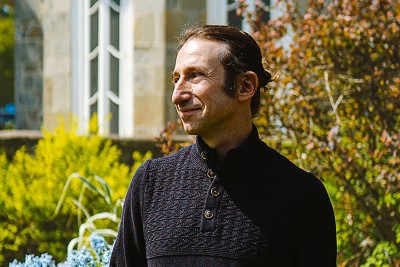
7
PEOPLE
10.30.2023
20231030
The Meaty Objects at Marta
by Jonathan Griffin
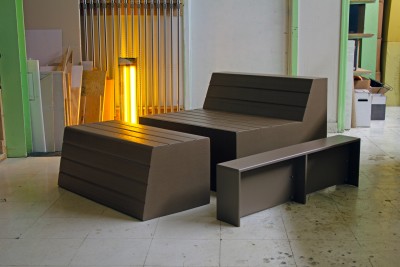
6
OBJECTS
10.23.2023
20231023
How Oliver Grabes Led Braun Back to Its Roots
by Marianela D’Aprile
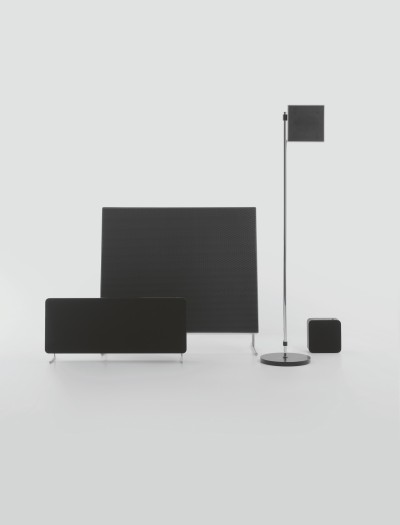
6
URBANISM
10.16.2023
20231016
Can Adaptive Reuse Fuel Equitable Revitalization?
by Clayton Page Aldern
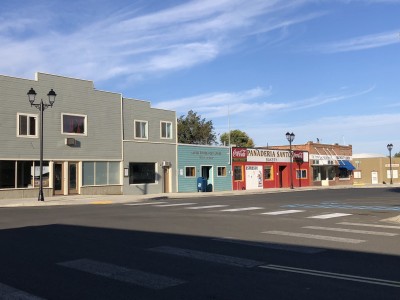
6
PERSPECTIVE
10.09.2023
20231009
What’s the Point of a Tiny Home?
by Mimi Zeiger
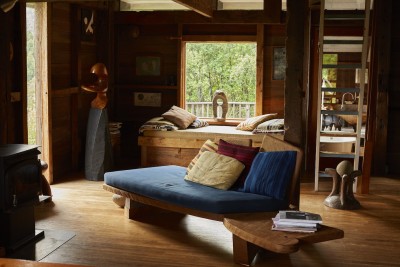
6
OBJECTS
10.02.2023
20231002
A Book Where Torn-Paper Blobs Convey Big Ideas
by Julie Lasky

6
THE BUILT ENVIRONMENT
09.24.2023
20230924
The Architecture of Doing Nothing
by Edwin Heathcote
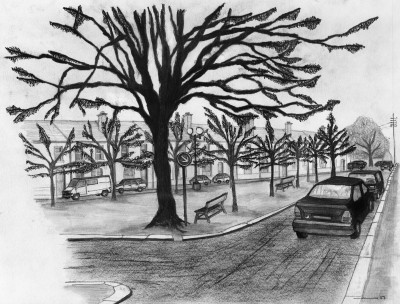
6
BOOK REVIEW
09.18.2023
20230918
What the “Liebes Look” Says About Dorothy Liebes
by Debika Ray
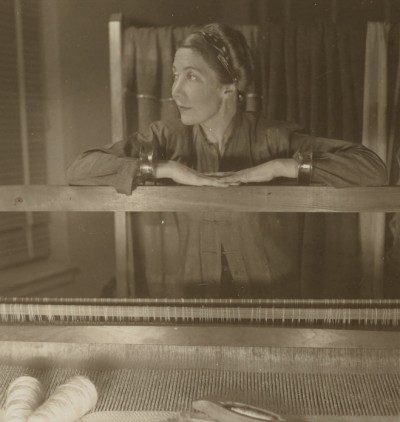
6
PEOPLE
09.11.2023
20230911
Roy McMakin’s Overpowering Simplicity
by Eva Hagberg
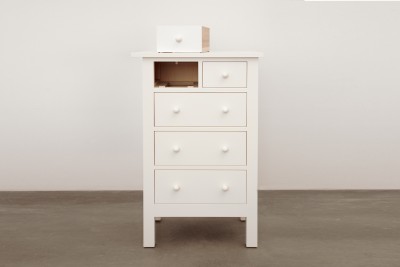
6
OBJECTS
09.05.2023
20230905
Minimalism’s Specific Objecthood, Interpreted by Designers of Today
by Glenn Adamson
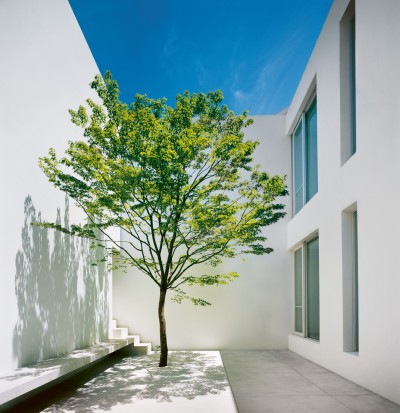
5
ROUNDTABLE
08.28.2023
20230828
How Joan Jonas and Eiko Otake Navigate Transition
by Siobhan Burke
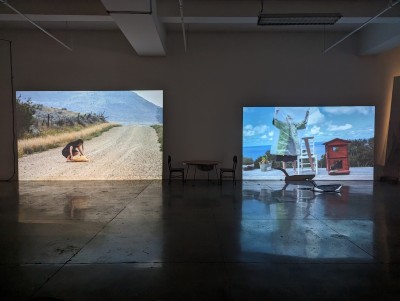
5
OBJECTS
08.21.2023
20230821
The Future-Proofing Work of Design-Brand Archivists
by Adrian Madlener
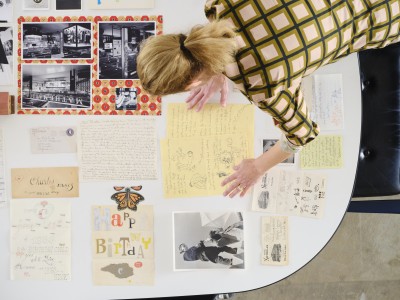
5
URBANISM
08.14.2023
20230814
Can a Church Solve Canada’s Housing Crisis?
by Alex Bozikovic
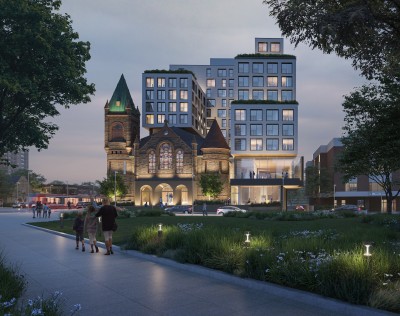
5
PEOPLE
08.07.2023
20230807
In Search of Healing, Helen Cammock Confronts the Past
by Jesse Dorris
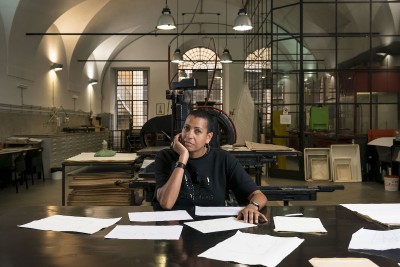
5
URBANISM
07.31.2023
20230731
What Dead Malls, Office Parks, and Big-Box Stores Can Do for Housing
by Ian Volner
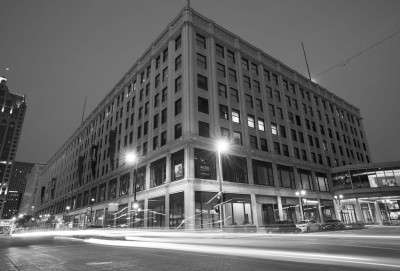
5
PERSPECTIVE
07.24.2023
20230724
A Righteous Way to Solve “Wicked” Problems
by Susan Yelavich
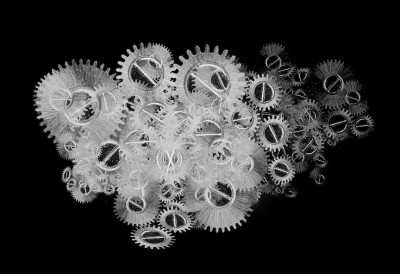
5
OBJECTS
07.17.2023
20230717
Making a Mess, with a Higher Purpose
by Andrew Russeth
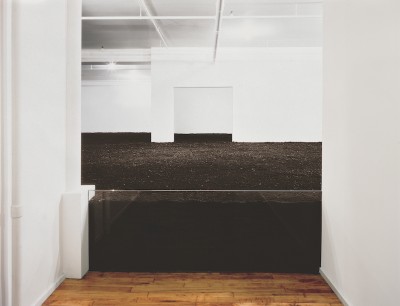
5
ROUNDTABLE
07.10.2023
20230710
How to Emerge from a Starchitect’s Shadow
by Cynthia Rosenfeld
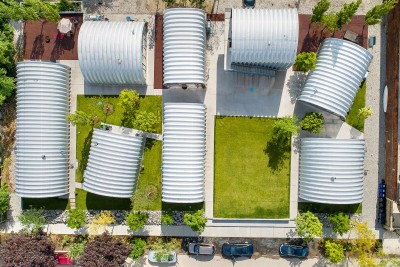
4
PEOPLE
06.26.2023
20230626
There Is No One-Size-Fits-All in Architecture
by Marianela D’Aprile
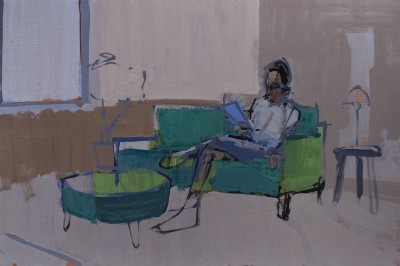
4
PEOPLE
06.19.2023
20230619
How Time Shapes Amin Taha’s Unconventionally Handsome Buildings
by George Kafka
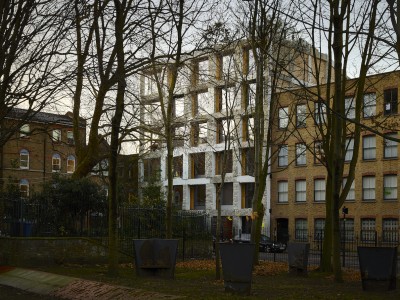
4
PEOPLE
06.12.2023
20230612
Seeing and Being Seen in JEB’s Radical Archive of Lesbian Photography
by Svetlana Kitto
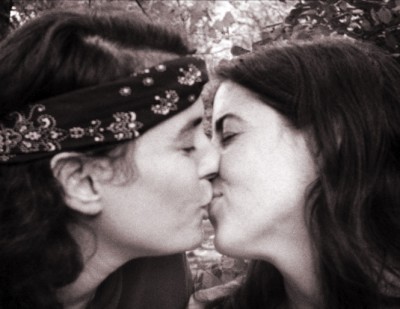
4
PERSPECTIVE
06.05.2023
20230605
In Built Environments, Planting Where It Matters Most
by Karrie Jacobs

3
PERSPECTIVE
05.30.2023
20230530
On the Home Front, a Latine Aesthetic’s Ordinary Exuberance
by Anjulie Rao
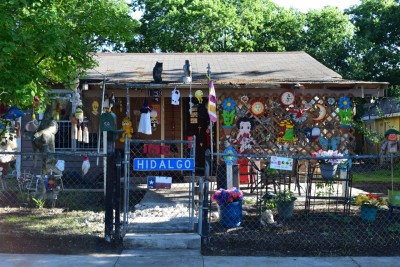
3
PERSPECTIVE
05.21.2023
20230521
For a Selfie (and Enlightenment), Make a Pilgrimage to Bridge No. 3
by Alexandra Lange
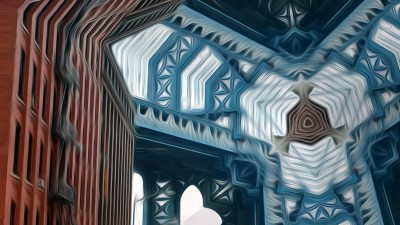
3
THE BUILT ENVIRONMENT
05.08.2023
20230508
The Building Materials of the Future Might Be Growing in Your Backyard
by Marianna Janowicz
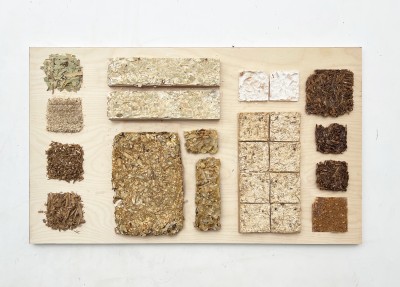
3
BOOK REVIEW
05.01.2023
20230501
Moving Beyond the “Fetishisation of the Forest”
by Edwin Heathcote
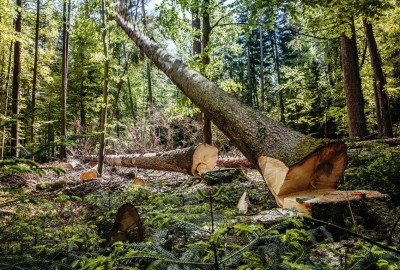
2
ROUNDTABLE
04.24.2023
20230424
Is Craft Still Synonymous with the Hand?
by Tiffany Jow
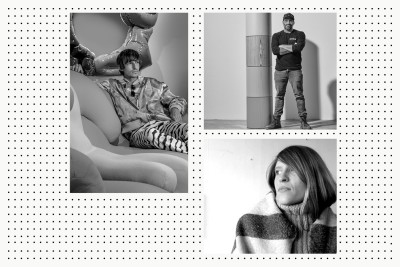
2
PEOPLE
04.17.2023
20230417
A Historian Debunks Myths About Lacemaking, On LaceTok and IRL
by Julie Lasky
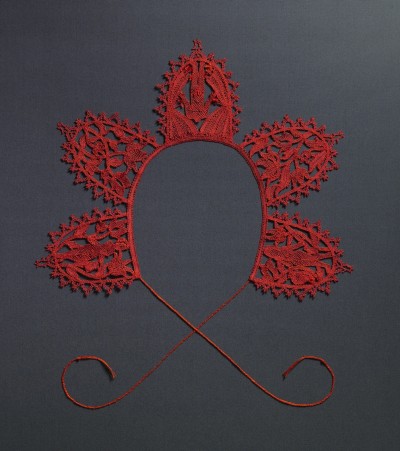
2
THE BUILT ENVIRONMENT
04.10.2023
20230410
How AI Helps Architects Design, and Refine, Their Buildings
by Ian Volner
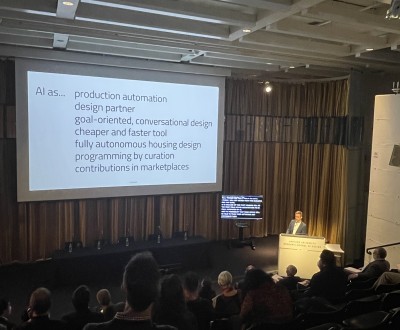
2
PEOPLE
04.03.2023
20230403
Merging Computer and Loom, a Septuagenarian Artist Weaves Her View of the World
by Francesca Perry
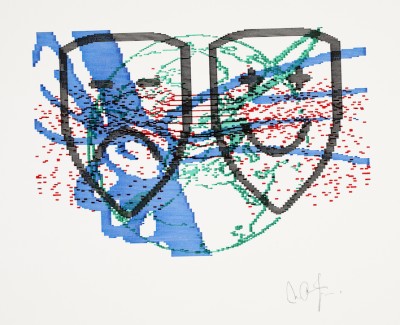
1
THE BUILT ENVIRONMENT
03.27.2023
20230327
Words That Impede Architecture, According to Reinier de Graaf
by Osman Can Yerebakan
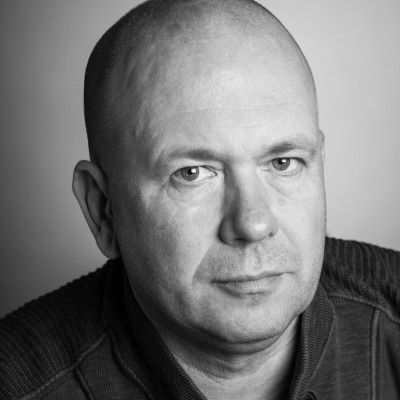
1
PEOPLE
03.20.2023
20230320
Painting With Plaster, Monica Curiel Finds a Release
by Andrew Russeth
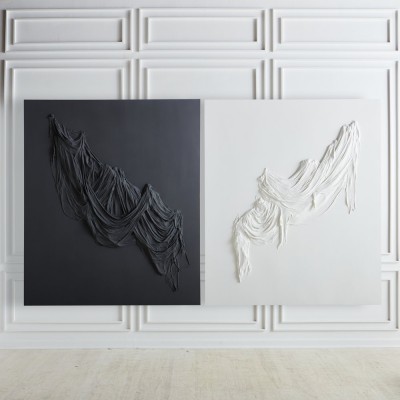
1
PERSPECTIVE
03.13.2023
20230313
Rules and Roles in Life, Love, and Architecture
by Eva Hagberg
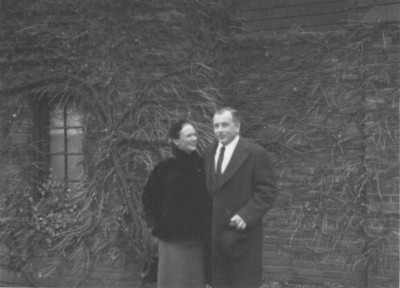
1
Roundtable
03.06.2023
20230306
A Design Movement That Pushes Beyond Architecture’s Limitations
by Tiffany Jow
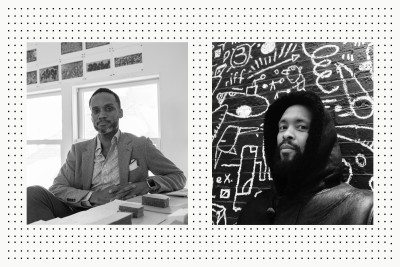
0
THE BUILT ENVIRONMENT
02.07.2023
20230207
To Improve the Future of Public Housing, This Architecture Firm Looks to the Past
by Ian Volner
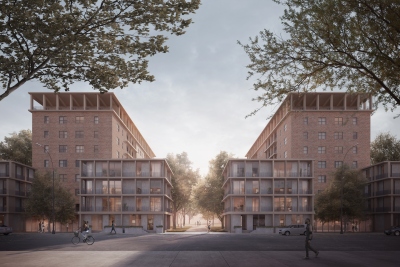
0
OBJECTS
02.07.2023
20230207
The Radical Potential of “Prime Objects”
by Glenn Adamson

0
PEOPLE
02.20.2023
20230220
Xiyadie’s Queer Cosmos
by Xin Wang

0
PEOPLE
02.13.2023
20230213
How Michael J. Love’s Subversive Tap Dancing Steps Forward
by Jesse Dorris
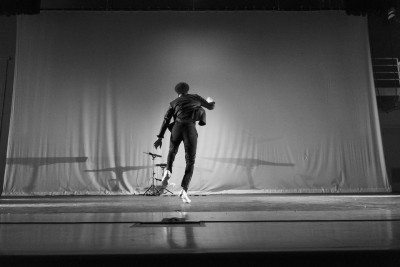
0
SHOW AND TELL
02.07.2023
20230207
Finding Healing and Transformation Through Good Black Art
by Folasade Ologundudu

0
BOOK REVIEW
02.13.2023
20230213
How Stephen Burks “Future-Proofs” Craft
by Francesca Perry
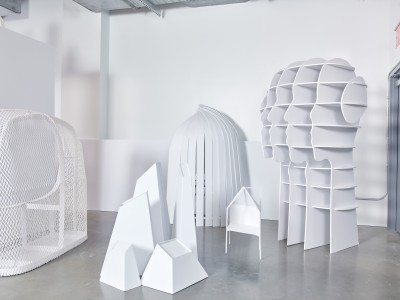
0
ROUNDTABLE
02.27.2023
20230227
Making Use of End Users’ Indispensable Wisdom
by Tiffany Jow
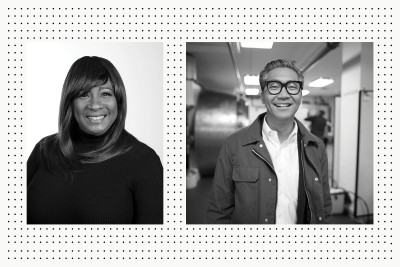
0
PEOPLE
02.07.2023
20230207
The New Lessons Architect Steven Harris Learns from Driving Old Porsches
by Jonathan Schultz

0
PERSPECTIVE
02.07.2023
20230207
The Day Architecture Stopped
by Kate Wagner
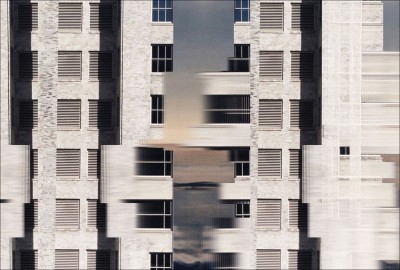
0
OBJECTS
02.07.2023
20230207
The Overlooked Potential of Everyday Objects
by Adrian Madlener
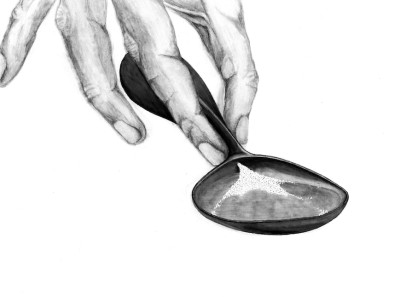
0
ROUNDTABLE
02.07.2023
20230207
A Conversation About Generalists, Velocity, and the Source of Innovation
by Tiffany Jow
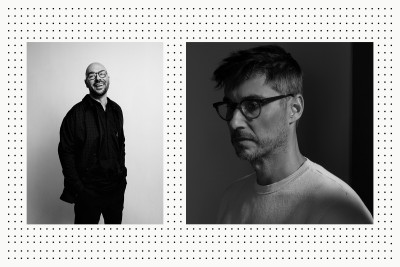
0
OBJECTS
02.07.2023
20230207
Using a Fungi-Infused Paste, Blast Studio Turns Trash Into Treasure
by Natalia Rachlin
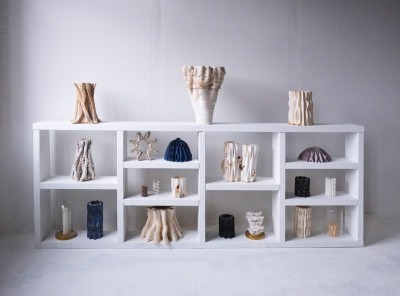
Untapped is published by the design company Henrybuilt.




